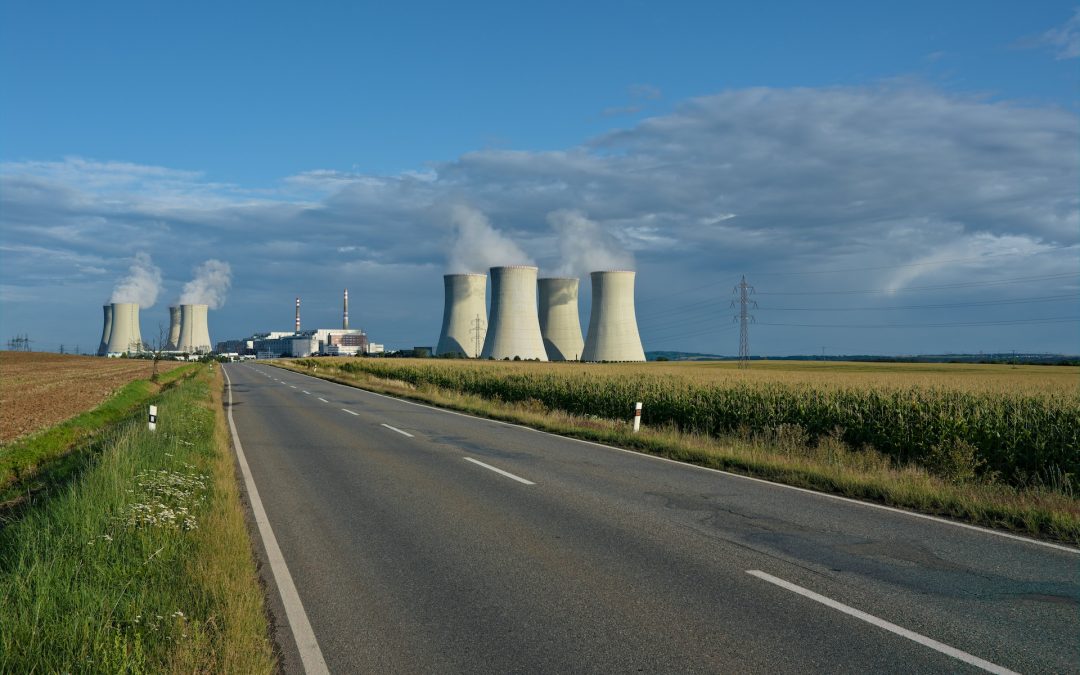By Rob Edwards / The Guardian
As many as 12 of Britain’s 19 civil nuclear sites are at risk of flooding and coastal erosion because of climate change, according to an unpublished government analysis obtained by the Guardian.
Nine of the sites have been assessed by the Department for Environment, Food and Rural Affairs (Defra) as being vulnerable now, with others in danger from rising sea levels and storms in future decades. They include all of the eight sites proposed for new nuclear power stations around the coast, as well as numerous radioactive waste stores, operating reactors and defunct nuclear facilities.
Two of the sites for new nuclear stations are said to have a “high risk” of flooding now: Sizewell in Suffolk and Hartlepool in County Durham, where there are also operating reactors. Shutdown and running reactors at Dungeness in Kent are also classed as currently at high risk.
Another of the sites most at risk is Hinkley Point in Somerset, where the first of the new nuclear stations is planned and there are reactors in operation and being decommissioned. According to Defra, it already has a “low” risk of flooding, and by the 2080s will face a high risk of both flooding and erosion.
Other new reactor sites that face some risk now and high risks by the 2080s are Oldbury in South Gloucestershire and Bradwell in Essex. The huge old nuclear complex at Sellafield in Cumbria is said to face a “medium risk” of flooding now and in the future.
The analysis was conducted by officials from Defra’s floods and coastal erosion team as part of a major investigation into the impacts of climate change on the UK. But when the results were published in January, only summary numbers for the 2080s were mentioned and no individual sites were named.
Defra has now, however, released its full analysis in response to a request under freedom of information legislation. As a result, the department’s assessments of the risks faced by individual sites can be disclosed for the first time.
Many of the nuclear sites date back to the 1950s and 1960s, and are unlikely to be fully decommissioned for many decades. Seven of those containing radioactive waste stores are judged to be at some risk of flooding now, with a further three at risk of erosion by the 2080s.
Experts suggested that the main worry was that inundation would cause nuclear waste to leak. “Sea level rise, especially in the south east of England, will mean that some of these sites will be under water within 100 years,” said David Crichton, a flood specialist and an honorary professor at the hazard research centre in University College London.
Read more from The Guardian: http://www.guardian.co.uk/environment/2012/mar/07/uk-nuclear-risk-flooding
Photo by Lukáš Lehotský on Unsplash


Are there any reports of follow-up work on this? Here we sit not quite three years later, and the North Atlantic has flooded much of the UK “sooner than predicted” (a refrain we hear far too often these days).